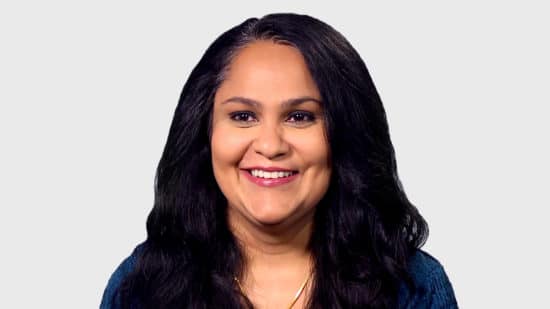Internist
What you need to know
Internists are physicians that diagnose and provide nonsurgical treatment for a range of problems that affect internal organ systems such as the stomach, kidneys, liver, and digestive tract. Internists use a variety of diagnostic techniques to treat patients through medication or hospitalization.
Many internists work long, irregular, and overnight hours. Internists may travel between their offices and hospitals to care for their patients. While on call, they may need to address a patient’s concerns over the phone or make an emergency visit to a hospital or nursing home.
Some of the things an internist might do:
- Take a patient’s medical history
- Update charts and patient information to show current findings and treatments
- Order tests for nurses or other healthcare staff to perform
- Review test results to identify any abnormal findings
- Recommend and design a plan of treatment
- Address concerns or answer questions that patients have about their health and well-being
- Help patients take care of their health by discussing topics such as proper nutrition and hygiene
Watch this video to learn more about what our internist role models do in their careers:
- Communication skills: Internists need to be excellent communicators. They must communicate effectively with their patients and other healthcare support staff.
- Compassion: Patients who are sick or injured may be in extreme pain or distress. Internists must treat patients and their families with compassion and understanding.
- Detail oriented: Patients must receive appropriate treatment and medications. Internists must accurately monitor and record various pieces of information related to patient care.
- Dexterity: Anesthesiologists may work with very precise and sometimes sharp tools, and mistakes can have serious consequences.
- Leadership skills: Internists who work in their own practice must manage a staff of other professionals.
- Organizational skills: Good record-keeping and other organizational skills are critical in both medical and business settings.
- Patience. Internists may work for long periods with patients who need special attention: Persons who fear medical treatment may require more patience.
- Physical stamina: Internists should be comfortable lifting or turning disabled patients, or performing other physical tasks.
- Problem-solving skills: Internists need to evaluate patients’ symptoms and administer the appropriate treatments. They need to do this quickly if a patient’s life is threatened.
Watch this video to learn more from our internist role models:
The average pay for internists in the United States was $245,450 in May 2023 according to the U.S. Bureau of Labor Statistics.
An internist’s pay depends on factors such as level of experience, education and training, geographic location, and specific industry.
Employment of internists is projected to grow 2 percent from 2022 to 2032 in the United States according to the U.S. Bureau of Labor Statistics. This is about as fast as the average growth rate for all occupations.
In 2022 there were about 72,600 internists in the United States.
Prospects should be better for internists who are willing to practice in rural and low-income areas, because these areas tend to have difficulty attracting physicians.
Internists typically need a bachelor’s degree, a degree from a medical school, which takes 4 years to complete, and, 3 to 7 years in internship and residency programs.
Medical schools are highly competitive. Most applicants must submit transcripts, scores from the Medical College Admission Test (MCAT), and letters of recommendation. Schools also consider an applicant’s personality, leadership qualities, and participation in extracurricular activities. Most schools require applicants to interview with members of the admissions committee.
Students spend most of the first 2 years of medical school in laboratories and classrooms, taking courses such as anatomy, biochemistry, pharmacology, psychology, medical ethics, and in the laws governing medicine. They also gain practical skills; learning to take medical histories, examine patients, and diagnose illnesses.
During their last 2 years, medical students work with patients under the supervision of experienced physicians in hospitals and clinics. Through rotations in internal medicine, family practice, obstetrics and gynecology, pediatrics, psychiatry, and surgery, they gain experience in diagnosing and treating illnesses in a variety of areas.
Discover some of the courses you will take pursuing a popular pre-med degree such as Biology, Chemistry, or Sociology.
Watch this video to learn more from our internist role models:




















